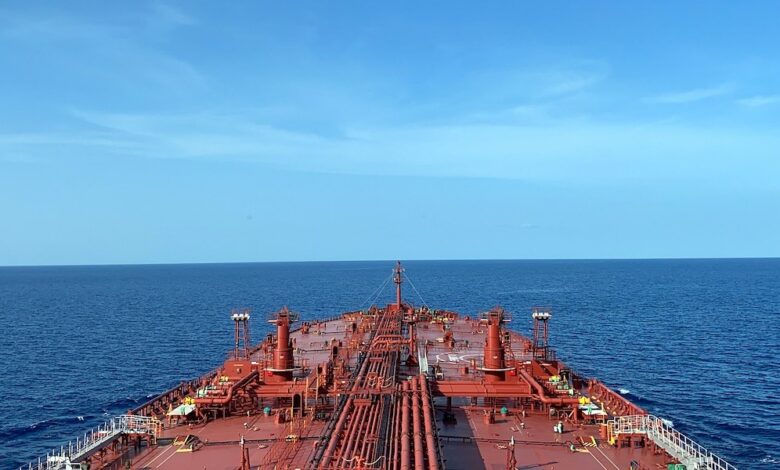Tankers face ‘stuffy’ situation outside LA as US port woes continue

With vessel tracking teams working overtime this week to provide clients with information about ships bound for the North American west coast amid a period of labour strife, the fluid situation along the coastline is changing by the hour.
According to Adil Ashiq, who heads up operations for MarineTraffic in North America, Friday will see a considerable number of containerships call at crowded Oakland, while the ports of Seattle and Tacoma are also becoming noticeably busier.
Further south, Ashiq reports that the situation is “loosening up” for the container terminals at Los Angeles and Long Beach, however he has warned that the situation in San Pedro is getting “stuffy” for tankers heading to southern California.
The full ramifications of the week-long sporadic labour downtime by unions will only manifest in schedules and rates in the coming weeks, experts tell Splash.
“Basically every container vessel is having their schedule pushed back by about a day or two,” Richard Palmer of the Marine Exchange of Southern California said in an emailed operations update regarding the ports of Los Angeles and Long Beach.
The good news on the surface is that the number of ships waiting at key ports Los Angeles and Long Beach has peaked and is declining. The bad news is the ongoing length of time ships are at dock.
“We’re not sure if it’s a sign of whether it’s getting worse or better that the ships are leaving the ports. The ships that are in the ports are there much longer than usual, especially at Oakland and Seattle where the average time they have been docked in the port is five and a half days and six days when it is usually around one day,” said Ulrik Rasmussen, CEO of Danish firm Gatehouse Maritime.
Today marks a week since union members decided to down tools at many terminals across the US west coast over the stalled, 13-month-long pay negotiations going on with employers at the Pacific Maritime Association, a situation potentially set to worsen today when results from a union vote north of the border establish whether a 72-hour strike will go ahead at the ports of Vancouver and Prince Rupert.
National Retail Federation vice president for supply chain and customs policy, Jonathan Gold, expressed concern over ongoing disruptions at the ports and said: “If labour and management can’t reach an agreement and operate smoothly and efficiently, retailers will have no choice but to continue to take their cargo to east coast and Gulf coast gateways. We continue to urge the [Biden] administration to step in and help the parties reach an agreement and end the disruptions so operations can return to normal. We’ve had enough unavoidable supply chain issues in the past two years. This is not the time for one that can be avoided.”
“Liners are increasingly discussing higher surcharges for USWC-bound cargoes especially as re-routing to the USEC via the Panama Canal or Suez Canal increases logistical complexity,” a shipping update from investment bank Jefferies stated.
Any congestion in the US west coast starting now will only have an impact on capacity in three to four weeks time, observed Andy Lane, a partner at container advisory CTI Consultancy.
“That is when you are likely to see the spike in freight rates as that will be when the ships did not return to Asia in time to take their scheduled berth calls,” Lane told Splash.
“Unfortunately, supply chain is messy,” an advisory published from American logistics firm ASF stated yesterday, telling clients to consider all alternative routings.
“Beyond that, if spot market rates rise and that happens to coincide with an inventory replenishment surge, committed space and fixed rates with your freight forwarder will be essential,” ASF advised.
